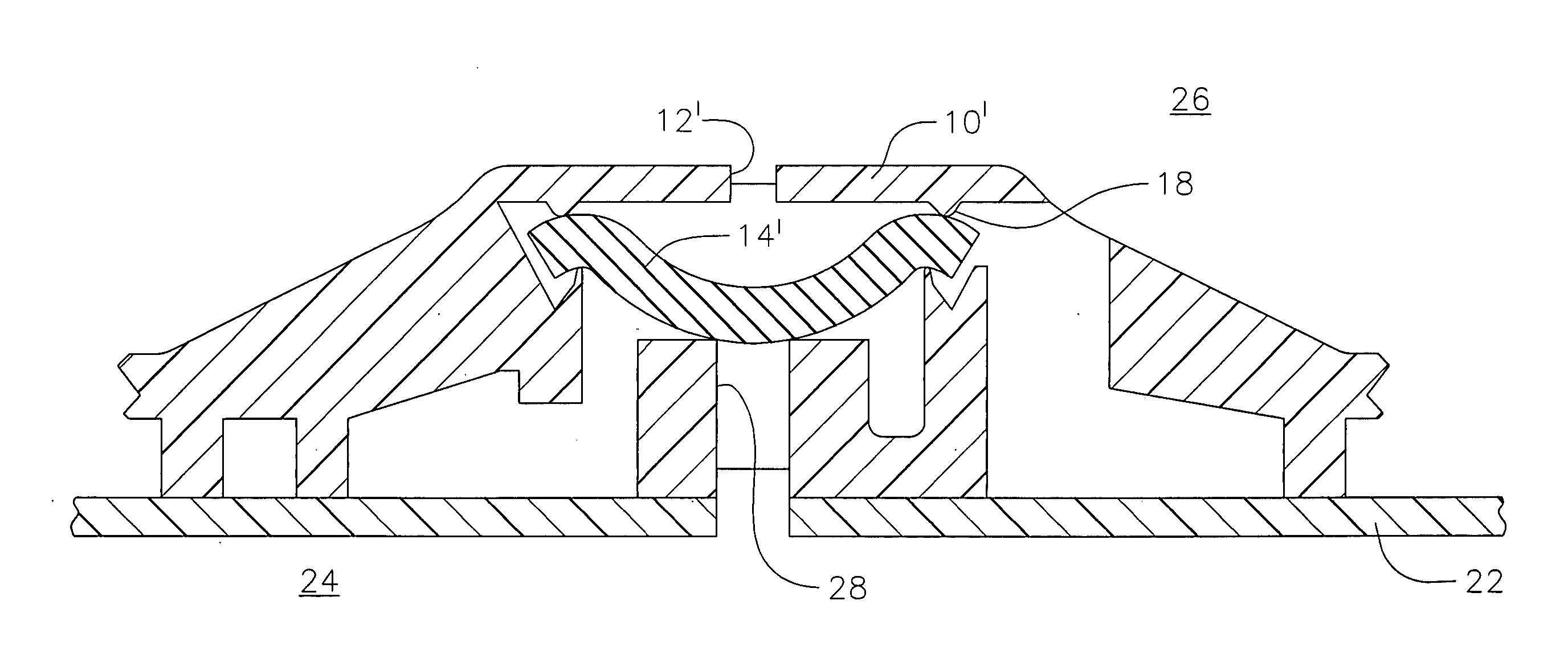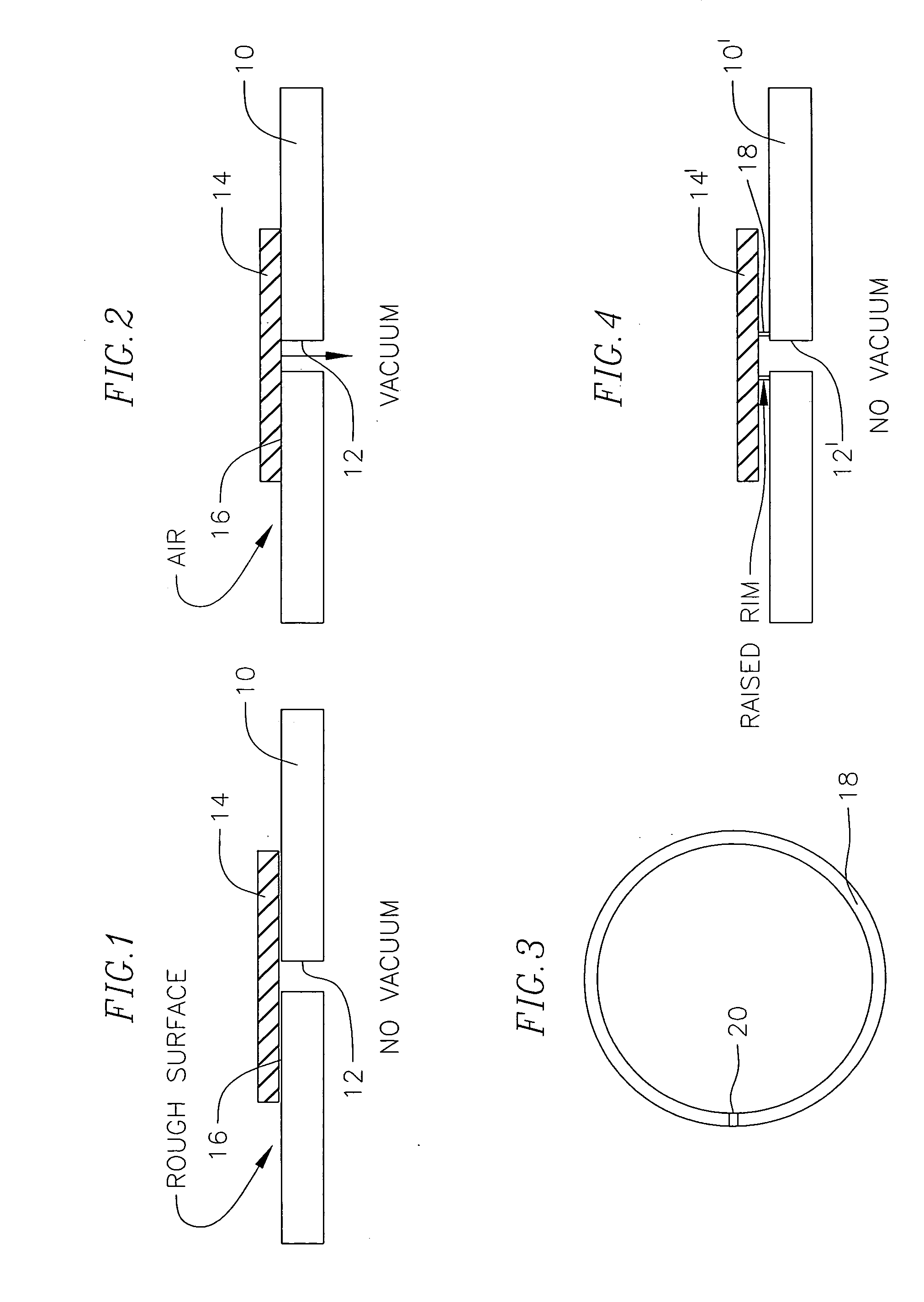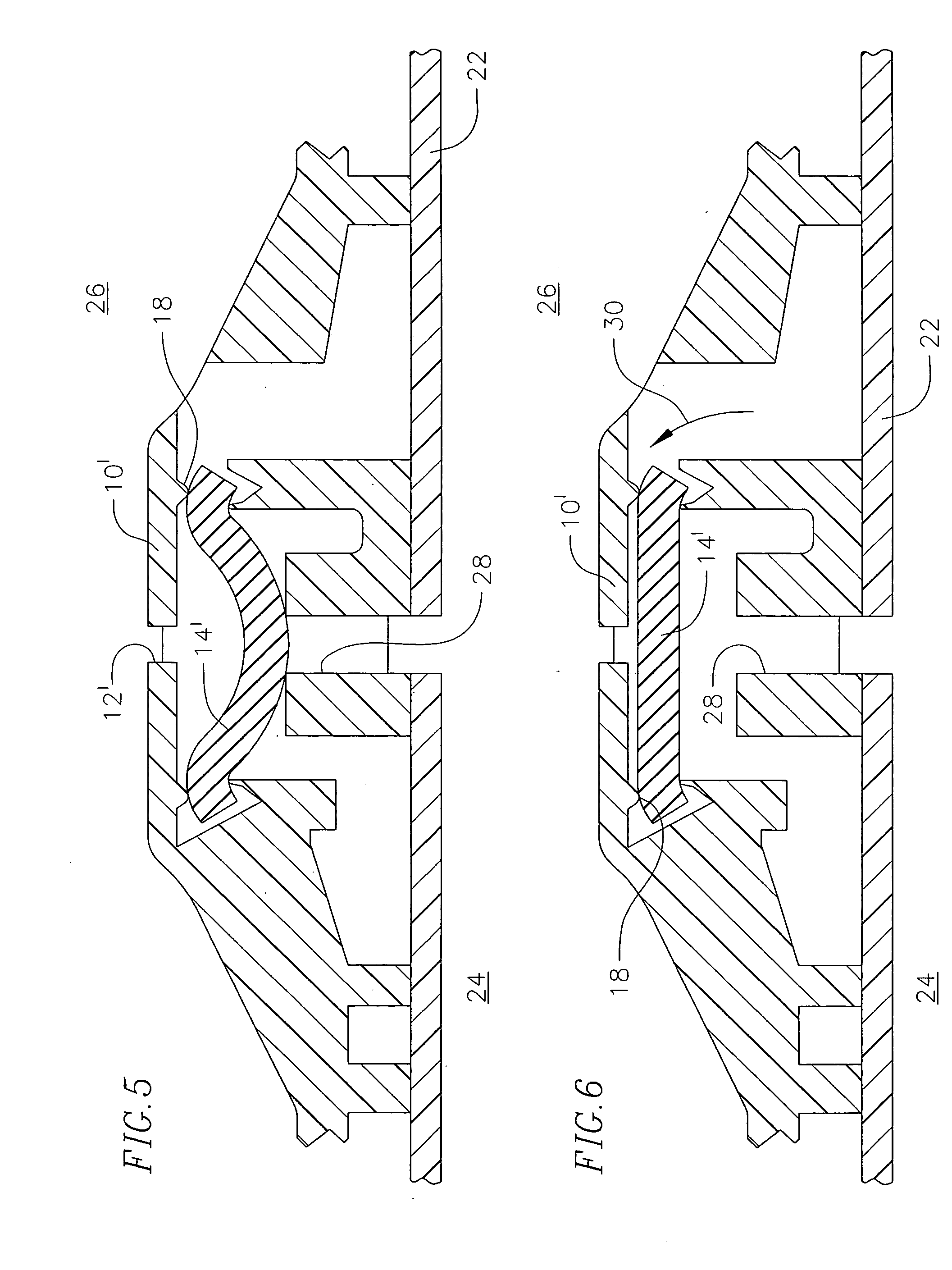Anti-syphon emitter
- Summary
- Abstract
- Description
- Claims
- Application Information
AI Technical Summary
Benefits of technology
Problems solved by technology
Method used
Image
Examples
example
[0022] An experimental subsurface drip irrigation (SDI) effluent disposal system according to this invention was installed, operated and monitored. The principal purpose of the trial was to quantify the environmental hydraulic performance of a high rate SDI effluent disposal application utilizing tertiary treated municipal effluent to a land disposal site comprising volcanic soils within a forest situation, which involved very severe terrain and a significantly hilly and undulating topography.
[0023] The bulk of the trial utilized standard 16 mm OD 2 L / hr PC Wasteflow, which was laid out conventionally across the contour. (Wasteflow is a product of Geoflow, Inc.) One separate and distinct portion of the project included three buried lines with the anti-syphon drip emitter of this invention (Anti-syphon emitters herein). The emitters / pipe were 18 mm OD 2 L / hr PC and did not include bactericide-lined tube. The Anti-syphon emitters included Rootguard (Rootguard is a product of Geoflow,...
PUM
 Login to View More
Login to View More Abstract
Description
Claims
Application Information
 Login to View More
Login to View More - R&D
- Intellectual Property
- Life Sciences
- Materials
- Tech Scout
- Unparalleled Data Quality
- Higher Quality Content
- 60% Fewer Hallucinations
Browse by: Latest US Patents, China's latest patents, Technical Efficacy Thesaurus, Application Domain, Technology Topic, Popular Technical Reports.
© 2025 PatSnap. All rights reserved.Legal|Privacy policy|Modern Slavery Act Transparency Statement|Sitemap|About US| Contact US: help@patsnap.com



